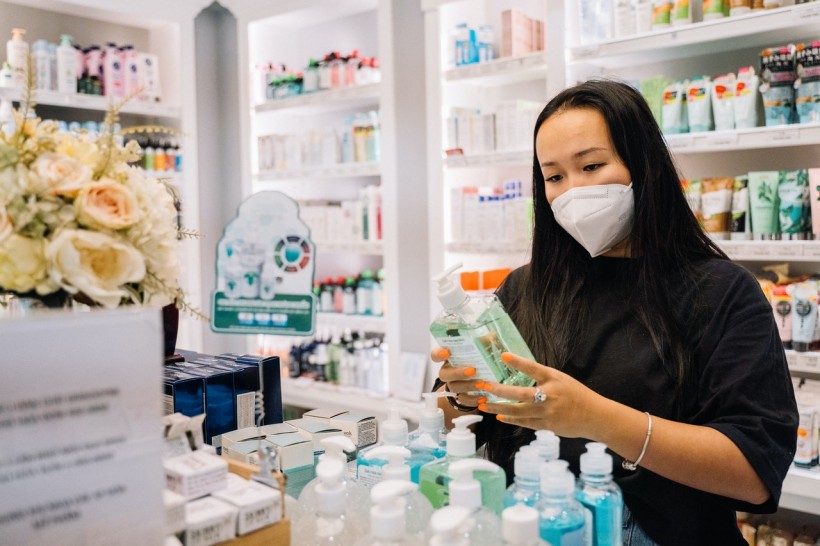Not only does it take roughly $1 billion to develop just one successful drug, but it also takes roughly 10-15 years. So why is it that despite such huge investments, 90% of drug candidates fail in clinical trials?
Whether the drug candidates don't adequately treat the conditions they're meant for, or its side effects are too strong, many of these drug candidates don't reach the approval stage. Many pharmaceutical scientists believe that from the early stages of drug development, researchers have to change how potential drug candidates are selected for better drugs and success rates.
The World of Drug Development: How Does it Work?

In recent years, drug development has followed a classical process. Researchers begin by finding a disease-causing molecular target - for instance, a protein that is overproduced, and if blocked, that could help fend off or stop cancer cell growth.
Researchers then screen a chemical compound library to find potential drug candidates that can act on the molecular target. Once researchers pinpoint a potential compound, they then optimize it in laboratories.
Drug optimization focuses primarily on two aspects of the drug candidate.
First, the drug candidate has to block its molecular target strongly without affecting other irrelevant ones. To optimize for specificity and potency, researchers focus on the structure-activity relationship of the drug candidate.
Secondly, the molecule has to be "druglike," which means that it should be absorbed then transported through the blood to act on its molecular target in the affected organ.
Once the drug candidate meets the optimization benchmarks established by the researchers, it goes on to efficacy and safety testing, first via animal testing, then in human clinical trials.
ALSO READ: Eating More Meat Causes Higher Cancer Risk, Study Says; But Here's The Catch
Why a Majority of Clinical Drug Candidates Fail Drug Development?
According to a study published in the journal Nature, titled "Parsing clinical success rates," one in ten drug candidates pass clinical trial testing and pass regulatory approval. Likewise, a 2016 analysis showcased four possible reasons for the low success rates in drug development.
The analysis found that roughly 40-50% of failures are attributed to a lack of clinical efficacy; this means that the drug candidates could not produce their intended effects on people.
Likewise, 30% of failures were due to unmanageable toxicity and side effects, while 10-156% were poor drug absorption. Lastly, 10% of the failures were attributed to the lack of commercial interest and strategic planning.
The exceedingly high failure rates of drug candidates raise the question of whether there are different aspects of the drug development process that are overlooked. On the other hand, it is extremely difficult to tell whether a chosen molecular target is the best marker to screen the drug candidates against.
Duxin Sun, a Professor of Pharmaceutical Sciences at the University of Michigan, and her team tells ScienceAlert that together with her team, they believe that exploring novel strategies that focus on the earliest stages of the drug development process, where researchers select potential compounds, may increase their successes during clinical trials.
RELATED ARTICLE: COVID-19 Variants Spread Fast Due to the Virus' Ability to Temporarily Fast-track 'Evolutional Pace', New Study Claims
Check out more news and information on Medicine & Health in Science Times.














